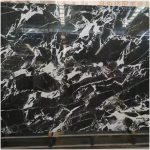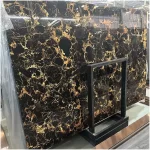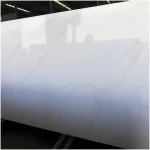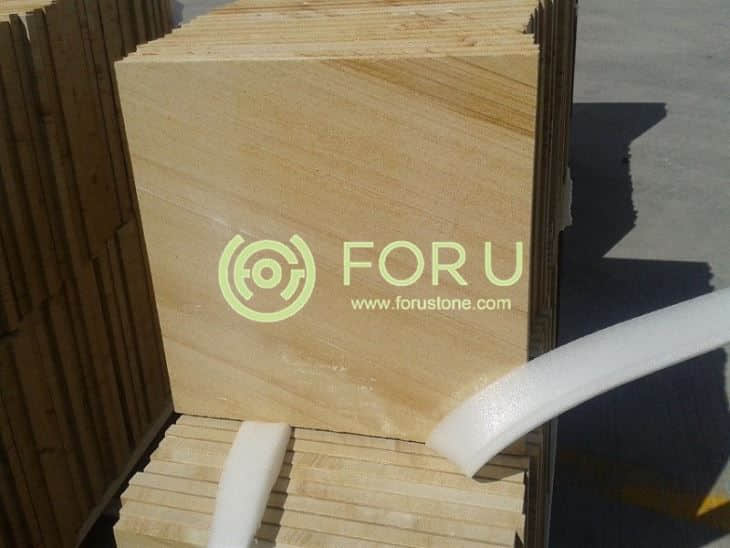What is sandstone?
Sandstone is a high-quality natural stone without light pollution and radiation, and has no radioactive harm to the human body.
Sandstone is a kind of sedimentary rock, which is mainly cemented by various sand grains. The grain diameter is 0.05-2mm, and the sand grain content is more than 50%. It has a stable structure and is usually light brown or red. It mainly contains silicon, calcium, clay and oxidation iron. Most sandstones are composed of quartz or feldspar.
Sandstone has its own characteristics. According to the occasion of use, the staff can adjust and change the color. If you want to paint, you can quickly realize it. In addition, it can also be polished, and the degree of light and shade can also be controlled. After modern technology processing, various styles can be realized, and the real stone effect will also be displayed. Apartments, villas, hotels, gardens, cities and other aspects of the building will need its decoration.

What kind of rock is sandstone?
It is a sedimentary clastic rock composed of components such as quartz and feldspar, which has been weathered in many hilly areas. It is formed by the accumulation of geographical phenomena such as corrosion and transportation. Judging from its components, it is composed of debris and interstitials. After natural treatment and subsequent processing, it can achieve the characteristics of sound insulation, wear resistance, non-melting, easy cleaning and so on. Sandstone extracted from nature is particularly environmentally friendly and meets the requirements for use.
The main role of sandstone?
Sandstone from China factory is the most widely used stone by human beings. Its noble and elegant temperament, natural and environmental protection characteristics have made it a wonderful flower in the history of architecture. The Louvre, which was decorated with sandstone hundreds of years ago, the British Royal Palace, the U.S. Capitol, Harvard University, Notre Dame de Paris, etc. still have their charm and classics forever.

In the past, sandstone was very laborious for construction purposes due to the relatively outdated cutting and processing machinery in quarries. In recent years, these conditions have been improved, gradually able to provide customers with high-quality products according to their color requirements with the highest level of expertise. Sandstone can be widely used. Some people even think that “whatever one can think of, it can be used”.
Sand is a granular material of which minerals and rock debris are its constituents. Sedimentologists usually divide sand into coarse sand: particle size 2-0.5mm; medium sand: particle size 0.5-0.25mm; fine sand: particle size 0.25-0.0625mm. The rock formed from such sand is sandstone.
Sandstone is divided into two categories according to matrix content, that is, clean sandstone with matrix content less than 15% and graywacke with matrix content more than 15%. The further subdivision of the two can be represented by a triangular diagram, and the clastic material components represented by the three end members are: Q (quartz) end member, F (feldspar) end member and R (debris) end member.
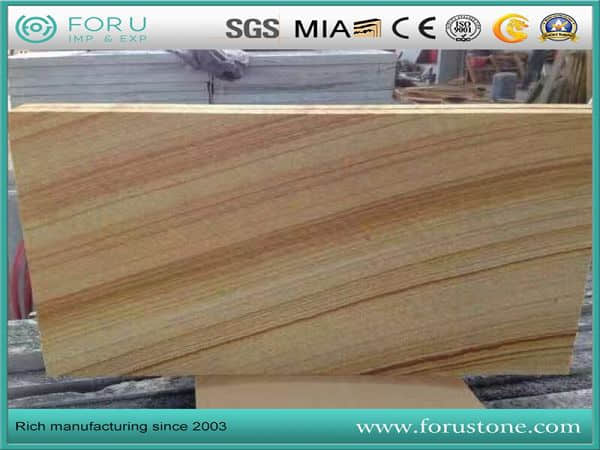
Quartz sandstone: More than 90% of the clastic material is single crystal quartz, with a small amount of chert and siliceous debris. Heavy minerals are rare. The cement is often siliceous, and the phenomenon of secondary enlarged cementation is common. Quartz sandstone is enriched in quartz. Generally, under the conditions of stable structure, small terrain fluctuation, and warm and humid climate, it is subjected to strong chemical weathering from quartz-rich parent rock (granite, granite gneiss, metamorphic quartzite, etc.), And after long-distance transportation, it is deposited in coastal or shallow sea areas. Feldspar sandstone: It is mainly composed of detrital quartz and feldspar, and some feldspar content can be very high. The feldspars in feldspar sandstone are mostly orthoclase, microplagioclase and acid plagioclase. The color is often red or yellow. Its formation largely depends on the composition of the parent rock. First, there must be a parent rock rich in feldspar, such as granite and granite gneiss. In addition, favorable paleostructure, paleogeography and paleoclimate conditions are needed. In areas with strong tectonic movement, the topographical undulations are also large, and the uplift of the granite base is strongly eroded, and the erosion products accumulate rapidly, forming very thick feldspar sandstone.
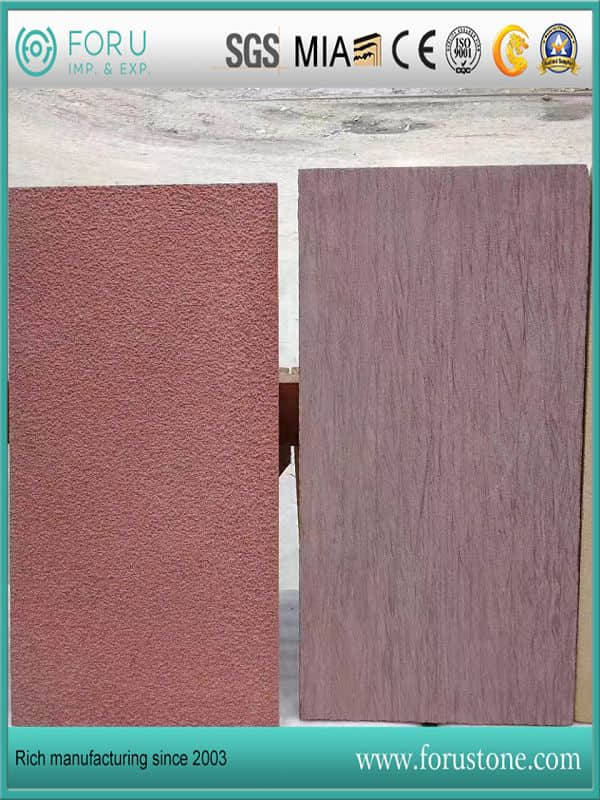
Lithic sandstone: Sandstone mainly composed of quartz and cuttings. The composition of cuttings in lithic sandstone is varied and varies with the parent rock. Plagioclase is the most common feldspar, there is also potassium feldspar, and unstable basic plagioclase can also appear. Debris sandstone is darker in color, gray, gray-green, gray-black, and light-colored ones are rare. Lithic sandstones are mostly formed in tectonic belts or depression basins near strong structural uplift areas, and are formed by rapid denudation and rapid accumulation of parent rocks. Detrital sandstones can be continental or marine.
sandstone Grewwacke: Sandstone that is poorly sorted and mixed with mud and sand, generally contains less quartz, and is mostly angular. Contains feldspar and cuttings in varying proportions, often with a small amount of mica. The feldspar is mainly plagioclase, and there are many kinds of cuttings. Rich matrix is the basic characteristic of wackywacke, and the finer the particles, the higher the matrix content. The heterogeneous components are common in chlorite and hydromica. The conditions for the formation of graywacke are similar to those of arkose or lithic sandstone, that is, rapid erosion, transport and deposition, but graywacke can be formed under different climatic conditions. Typical graywacke is often deposited in rapidly subsiding turbidites or complex formations
Related Products

